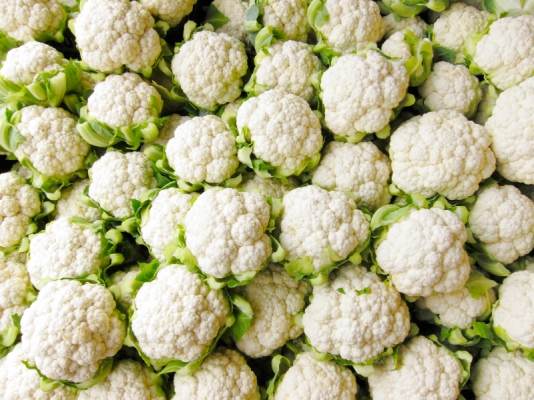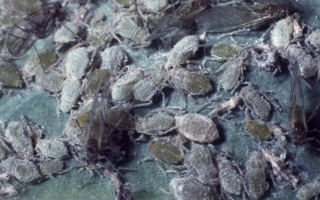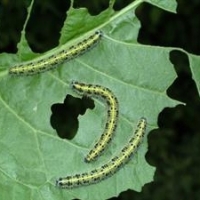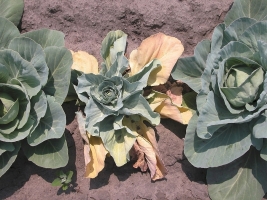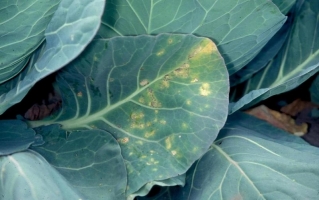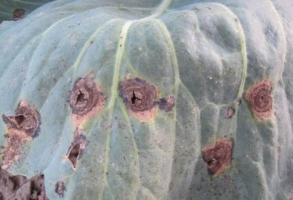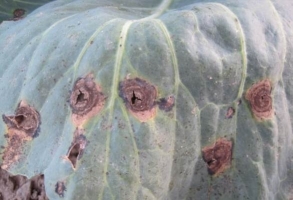A) For plain areas:
Early varieties: Pusa Katki, Early Patna, Ealy Kuwari, Pusa Deepali, Pusa Early Synthetic, Pantgobhi-2, 3 and 4: These varieties can be sown in 15th May to 30th June and the varieties mature in June-July month. The flowering starts in September to October month.
Medium varieties: Hisar-1, Pant Shubhra, Pusa Synthetic, Pusa Sharad: These varieties can be sown in 15th July to mid-August and the varieties mature in mid-end September month. The flowering starts in December to January month.
Late varieties: Snowball-16, Pusa Snowball-1, Pusa Snowball K-1: These varieties can be sown in September to first week of October month and the varieties mature in October to November month. The flowering starts in mid-January to end March month.
B) For hilly areas:
1200-1800m height: Pusa Snowball-1, Pusa Snowball K-1, Snowball-16: These varieties can be sown in August to September month and the varieties mature in September to October month. The flowering starts in January to March month.
1800m above height: Snowball-16, Pusa Snowball K-1: These varieties can be sown in March to April month and the varieties mature in April to May month. The flowering starts in July to August month.

